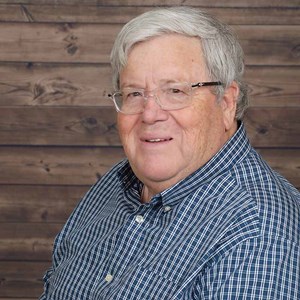On December 1, 2016, the Florida Supreme Court decided Sebo v. American Home Assurance Company, Inc.,1 resolving whether coverage existed under an all-risk policy when there were multiple causes of loss and at least one of the causes was excluded, in favor of the insured.
In 2013, the Second District held that the “efficient proximate cause” doctrine should be applied in this context,2 and granted the insurer a new trial based on the trial court having incorrectly applied the “concurrent causation” doctrine to Sebo’s case. This conflicted with the law historically applied in the multiple-cause context in Florida, as laid out in Wallach v. Rosenberg3 —the “concurrent causation” doctrine. In Sebo, the Florida Supreme Court resolved this conflict for Wallach, finding that “[w]hen independent perils converge and no single cause can be considered the sole or proximate cause, it is appropriate to apply the concurring cause doctrine.”4
In analyzing both doctrines, the Florida Supreme Court described the “efficient proximate cause” doctrine as providing that where there is the concurrence of different perils—the one that set the other in motion—is the cause to which the loss is attributable. It described the “concurrent cause doctrine” as providing that coverage may exist where an insured risk constitutes a concurrent cause of loss even when it is not the prime or efficient cause. As a practical matter, the “concurrent cause doctrine” provides for broader coverage, as it does not force the jury to choose one cause over the other, which results in coverage being precluded if the jury decides that the excluded cause is even just slightly more to blame.
The Florida Supreme Court then discussed concurrent causation’s application to Wallach. In Wallach, the Rosenbergs suffered a loss after Wallach’s sea wall collapsed, causing a portion of the Rosenburgs’ sea wall to crumble. The Rosenburgs’ claim was denied because their policy contained an exclusion for loss resulting from earth movement or water damage. The Rosenburgs’ insurer argued that “where concurrent causes join to produce a loss and one of the causes is a risk excluded under the policy, then no coverage is available to the insured.”5 The Third District sided with the Rosenburgs and found in favor of coverage. The Wallach court explained, “where weather perils combine with human negligence to cause a loss, it seems logical and reasonable to find the loss covered by an all-risk policy even if one of the causes is excluded from coverage.”6
Looking at the facts of Sebo, the home was destroyed due to the combination of construction defects, rainwater and hurricane winds. While Sebo’s policy specifically excluded damage due to construction defects, rainwater and wind damage was covered. Therefore, the Court found that because the “rain and construction defects acted in concert to create the destruction of Sebo’s home … it would not be feasible to apply the efficient proximate cause doctrine.”7 And, since none of the provisions of Sebo’s policy prevented application of the concurrent cause doctrine, the Court found that the plain language of the policy did not preclude recovery.
This rule helps to restore what it means to have an all-risk policy. If you purchase an all-risks policy and suffer a covered loss, you may be able to recover, even where a considerable amount of the damage resulted from an excluded cause.
1 Sebo v. American Home Assurance Co., Inc., SC14-897 (Fla. Dec. 1, 2016).
2 Home Assurance Co. v. Sebo, 141 So.3d 195 (Fla. 2d DCA, 2013).
3 Wallach v. Rosenberg, 527 So.2d 1386 (Fla. 3d DCA 1988).
4 Sebo, SC14-897 at p. 5.
5 Wallach at 1387.
6 Wallach at 1388.
7 Sebo, SC14-897 at p. 11.



